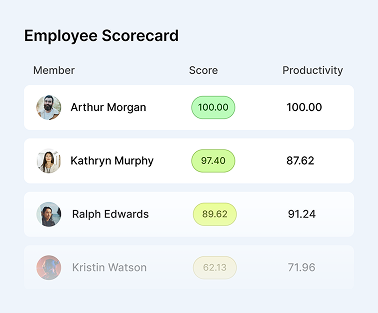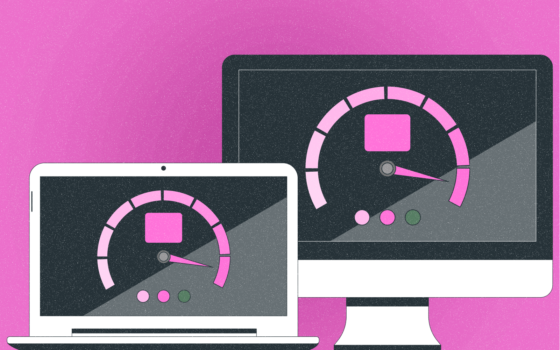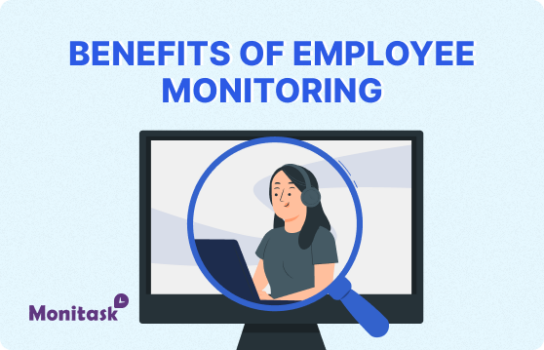Insider Threat Detection Tools: How They Work and Why You Need Them
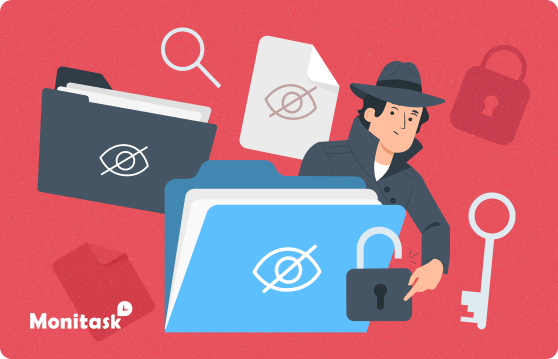
As digital transformation accelerates, organizations have become more connected than ever. But with that connectivity comes a risk many still overlook — insider threats. Unlike outside attackers, insiders already have access to critical systems and data, making them uniquely dangerous.
The line between internal and external threats is fading. Remote work, cloud collaboration, and AI tools have widened the attack surface, exposing gaps traditional defenses can’t cover. Firewalls and antivirus alone aren’t enough.
That’s where insider threat detection tools come in — helping companies spot suspicious behavior from within and respond before serious damage is done.
What Are Insider Threats and Why They’re So Dangerous?
An insider threat refers to any risk to an organization’s data, systems, or reputation that originates from within. The “insider” can be an employee, contractor, business partner, or even a former staff member with lingering access credentials.
There are generally two main types of insider threats:
- Malicious insiders: These individuals intentionally misuse their access for personal gain, revenge, or espionage. They might steal data, sabotage systems, or leak sensitive information.
- Negligent insiders: These are employees who unintentionally cause harm through carelessness — for example, by falling for phishing attacks, using weak passwords, or mishandling sensitive data.
The danger lies in the fact that insiders already have legitimate access. Their actions often appear normal to traditional security tools. A disgruntled employee downloading confidential files or a careless staff member emailing data to the wrong recipient may go unnoticed without proper monitoring.
The consequences can be severe: loss of intellectual property, financial penalties, reputational damage, and regulatory non-compliance. According to global cybersecurity studies, insider-related incidents now account for nearly 25% of all data breaches — and that number continues to rise each year.
What Is Insider Threat Detection?
Insider threat detection is the process of identifying and mitigating risky or malicious behavior coming from within an organization. It focuses on understanding who is doing what with company resources — and whether that activity deviates from normal patterns.
Unlike traditional perimeter-based security systems, insider threat detection works by monitoring internal user activity. It identifies anomalies that could signal data theft, policy violations, or other harmful actions.
Modern detection systems rely heavily on behavioral analytics, AI, and machine learning to distinguish between legitimate actions and suspicious ones. These technologies analyze massive amounts of data in real time, creating behavioral baselines for each user and flagging deviations that might indicate a threat.
The goal is not only to catch insider attacks but also to prevent them — through early warning, automated alerts, and intelligent investigation tools.
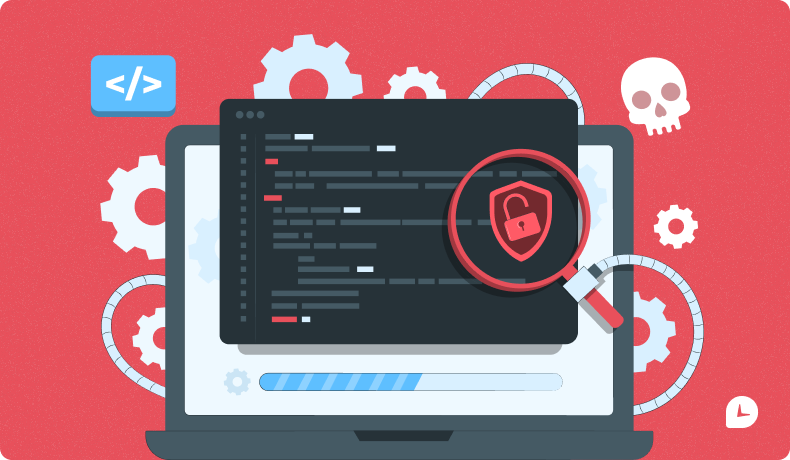
How Insider Threat Detection Tools Work?
To understand the value of insider threat detection tools, it helps to see how they function under the hood. These tools continuously collect and analyze user activity data from multiple sources — networks, endpoints, emails, cloud applications, and access logs.
Here’s a simplified breakdown of their core mechanisms:
1. User and Entity Behavior Analytics (UEBA)
UEBA systems build a behavioral profile for each user and device. They learn what “normal” activity looks like — typical working hours, files accessed, data transferred, or applications used. When the system detects deviations from this baseline (for example, an employee accessing restricted data at midnight), it raises an alert.
2. Machine Learning and Anomaly Detection
Machine learning models identify patterns that humans might miss. They can detect subtle signs of insider threats, such as gradual data exfiltration or unauthorized privilege escalation. These algorithms improve over time as they learn from new data.
3. Real-Time Alerts and Automated Response
When suspicious activity is detected, the system can automatically send alerts to the security team or even initiate a response — such as locking accounts, blocking access, or isolating devices. This rapid reaction helps prevent potential breaches before they escalate.
4. Integration with SIEM and Other Security Systems
Insider threat detection tools integrate with broader cybersecurity infrastructures, such as Security Information and Event Management (SIEM) systems. This integration ensures a unified view of all internal and external threats, improving incident response and compliance reporting.
By combining behavioral analytics, automation, and data correlation, these tools provide a proactive defense layer that traditional monitoring systems lack.
Key Features to Look for in Modern Insider Threat Detection Tools
When choosing the right solution, it’s important to know which features truly matter. These insider threat detection tools share a few critical capabilities:
✅ Behavioral analytics and profiling: Automatically establishes individual and group baselines for user activity.
✅ Privileged user monitoring: Tracks actions of administrators and users with elevated access rights.
✅ Data access and exfiltration alerts: Detects when sensitive information is downloaded, copied, or sent outside the organization.
✅ Endpoint and email monitoring: Provides visibility into file transfers, USB activity, and communication patterns.
✅ AI-powered risk scoring: Assigns risk levels to users or behaviors based on historical data and context.
✅ Compliance and reporting modules: Helps meet regulatory requirements such as GDPR, HIPAA, or ISO 27001.
✅ Cloud-native integration: Supports hybrid environments and remote teams without compromising visibility.
The best tools also offer flexible deployment options, scalability, and user-friendly dashboards that simplify analysis and decision-making.
Top Use Cases for Insider Threat Detection Tools
Insider threat detection isn’t limited to one industry — it’s applicable wherever sensitive information is stored. Common use cases include:
- Finance and Banking: Detecting fraud, preventing insider trading, and protecting customer data.
- Healthcare: Monitoring access to patient records and ensuring HIPAA compliance.
- Technology and SaaS: Securing intellectual property and source code from unauthorized access.
- Government and Education: Preventing misuse of classified or personal data.
In every case, the aim is to transform cybersecurity from reactive to proactive. Instead of waiting for breaches to happen, organizations can spot risky behaviors early and intervene before damage occurs.
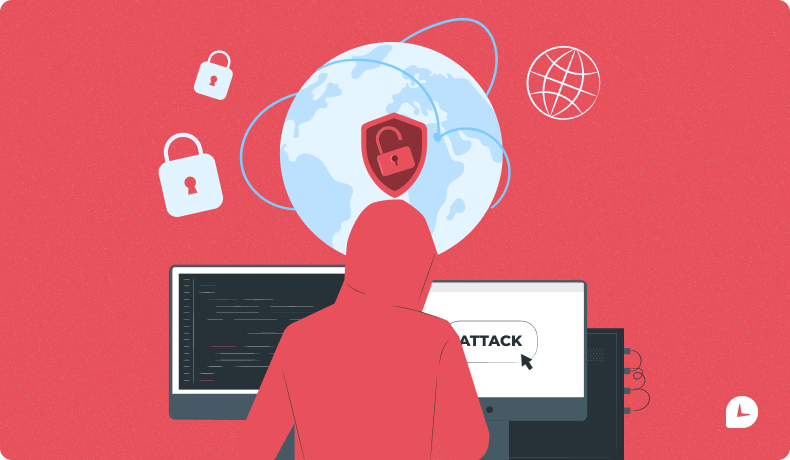
How to Implement Insider Threat Detection Tools in Your Organization?
Rolling out insider threat detection requires careful planning. A structured approach ensures the system is both effective and compliant with privacy regulations.
Step 1: Assess Internal Risks
Begin by identifying what data and systems are most vulnerable to insider activity. Consider access levels, workflows, and past incidents.
Step 2: Choose the Right Tool
Select a solution that aligns with your organization’s size, budget, and industry requirements. Prioritize scalability, integration capabilities, and AI-driven analytics.
Step 3: Integrate with Existing Systems
Connect the tool to your SIEM, HR software, and IT infrastructure. Integration ensures comprehensive visibility and contextual understanding of user behavior.
Step 4: Train Your Staff
Educate employees about the purpose of insider threat detection. Transparency fosters trust and helps prevent misunderstandings about surveillance or data privacy.
Step 5: Continuously Monitor and Adjust
After deployment, regularly review alerts, refine detection rules, and adapt to emerging threats. Insider risk management is an ongoing process, not a one-time setup.
Maximize productivity of your business
Track employee productivity and simplify work with them
Comparing the Best Insider Threat Detection Tools
The cybersecurity market offers dozens of solutions — from enterprise-grade platforms to lightweight options for small businesses. Leading players include tools that combine behavioral analytics, AI-driven automation, and intuitive dashboards.
When comparing solutions, evaluate them based on:
- Accuracy and AI sophistication (low false positives are crucial).
- Integration flexibility (with cloud services, endpoints, and collaboration tools).
- Scalability (ability to handle organizational growth).
- Compliance support (reporting and auditing features).
- User experience (ease of setup and interpretation of data).
Some systems emphasize prevention through detailed behavior analysis, while others focus on real-time response. The ideal choice depends on your security goals and infrastructure complexity.
The Role of AI and Automation in the Future of Insider Threat Detection
AI has revolutionized insider threat detection tools by automating the most complex and time-consuming aspects of security monitoring. AI doesn’t just detect threats — it predicts them.
Through predictive analytics, AI can identify precursors to insider attacks, such as signs of employee dissatisfaction, access anomalies, or behavioral drift. Combined with automation, this allows for immediate, intelligent responses without human intervention.
Automation also reduces the burden on security teams, enabling them to focus on strategic decision-making rather than manual investigation. The future of insider threat detection will increasingly rely on self-learning systems capable of adapting to new attack patterns in real time.
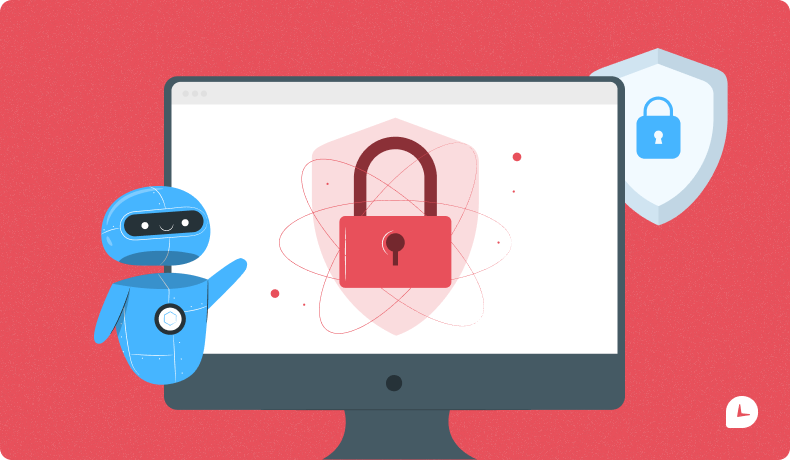
Legal, Ethical, and Compliance Considerations
While monitoring employee activity is essential for security, it must be done ethically and in compliance with the law. Organizations need to strike a balance between protecting data and respecting privacy.
Key principles include:
✅ Transparency: Clearly communicate to employees that monitoring exists and why it’s necessary.
✅ Data minimization: Collect only data relevant to security purposes.
✅ Compliance: Ensure alignment with frameworks like GDPR, HIPAA, and ISO 27001.
✅ Access control: Limit who within the company can view and analyze employee activity data.
Failure to address these considerations can undermine employee trust — which is counterproductive to building a strong security culture.
Best Practices to Maximize the Value of Insider Threat Detection Tools
To get the most out of your insider threat detection strategy, follow these best practices:
Conclusion: Building a Future-Ready Security Culture
Cybersecurity resilience depends as much on internal awareness as on external defense. Insider threats — whether malicious or accidental — remain among the hardest risks to control. With the right detection tools, organizations gain real-time visibility, protect sensitive data, and strengthen a culture of accountability.
These tools represent more than technology — they mark a shift in mindset. Protecting your organization from the inside out ensures not just compliance and security, but lasting trust across the workforce.
As cyber threats evolve, insider threat detection will remain a core pillar of modern, future-ready security.
– The Monitask Team
FAQ: Insider Threat Detection Tools
Can small businesses benefit from insider threat detection tools?
Absolutely. Cloud-based and scalable tools now make insider risk management accessible to organizations of all sizes.
How does AI improve insider threat detection?
AI automates anomaly detection, reduces false positives, and provides predictive insights into risky behavior.
Are insider threat detection tools compliant with privacy laws?
Yes — as long as they’re implemented transparently and in accordance with data protection regulations.
